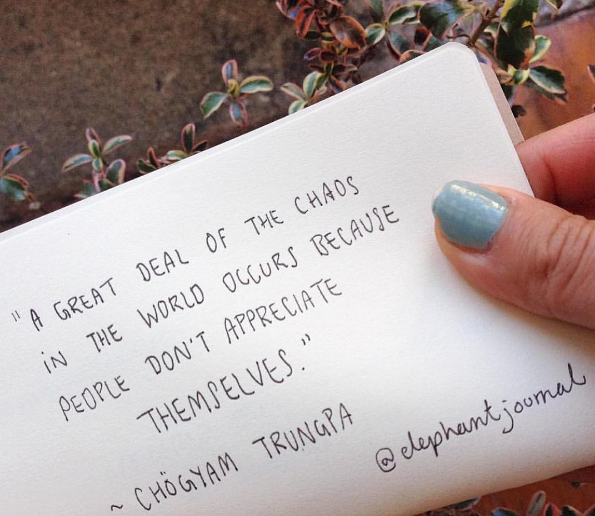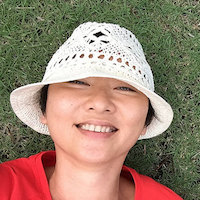Perhaps like me, you have had frustrating phases with your meditation practice.
Many times, I had sat myself on a comfortable, dedicated cushion in my room, closed my eyes, taken a few deep breaths and—instead of the peace and quiet—found myself stuck with a bloated head full of thoughts, ideas, plans and items to be added to my to-do list.
If that happened at night, I would wind up in bed with my eyes wide open.
For some time, I was avoiding formal meditation because I was afraid that the head-spin would start again. I started to develop a love-hate relationship with meditation. Sometimes I felt blissful, sometimes dreadful.
Things began to change after I attended a retreat where I learned to meditate with Yongey Mingyur Rinpoche, who is supposedly “the happiest man in the world.”
His light-heartedness and sense of humor was so affecting that I found those hours spent as his student relaxed, enjoyable, even entertaining and life-changing.
His way of teaching is straightforward and his message is simple. The idea of his teaching, is to stop us from beating around the bush and to go straight to the essence of meditation practice: awareness.
As human beings we are aware 24 hours a day, seven days a week. The question is whether we are aware of our awareness.
So, in other words, meditation is simply about recognizing our awareness.
That’s it. That’s the crux of it.
Whether it’s for a few seconds while I am switching from one task to another, or a few minutes while waiting for the bus, or 30 minutes sitting in a meditation posture, as long as I recognize my awareness, I am meditating.
It also matters little what I meditate upon. Thoughts, emotions, sound, pain, bodily sensations, even sleepiness and laziness can all become a tool for meditation. I can meditate upon anything I can see, hear, sense or feel.
Rinpoche himself turned the panic attacks he experienced as a child into his object of meditation. He calls it “making friends” with his panic attacks. The result? This “friend” never returned.
Transformation sounds like a big word, but through meditation I saw how simple it can be.
The biggest awakening for me at the retreat came after a few classes. Having practiced meditation more seriously for just less than two years, I have always found it challenging to maintain my focus for anything more than two minutes, be it breathing, bodily sensations, emotion, a physical object, or a mantra. Everyone has a “monkey mind” according to Rinpoche, and I definitely have an ultra-active monkey residing in me.
So when Rinpoche introduced what he calls “river-like” meditation I felt like screaming “Hallelujah!”
For “river-like” or “choice-less” meditation I recognize whatever flows through my mind—my river of awareness. Simply being aware of anything and everything that captures my attention is meditation, be it a baby crying outside, my to-do list, a childhood scene from the distant past, my stomach growling. Allowing myself to watch whatever comes up in my mind, as if I am watching television, even for one minute, and knowing full well that is already meditation, feels hugely comforting and liberating.
I have had some wonderful meditation experience during this retreat, but Rinpoche stressed that however the experience has been, whether or not I felt more relaxed after a sitting, doesn’t really matter. Once it matters, my monkey mind will become attached to positive experiences and I will fall back into that love-hate cycle with meditation.
So what should I look for in my meditation practice? It’s the same simple answer again.
Awareness. Simply recognise it.
Experience goes up and down. Let it be. Come back. Let it go. Then come back again.
Again, and again.
Author: Amanda Yik
Image: Elephant Journal / Instagram
Editor: Sara Kärpänen











Read 1 comment and reply